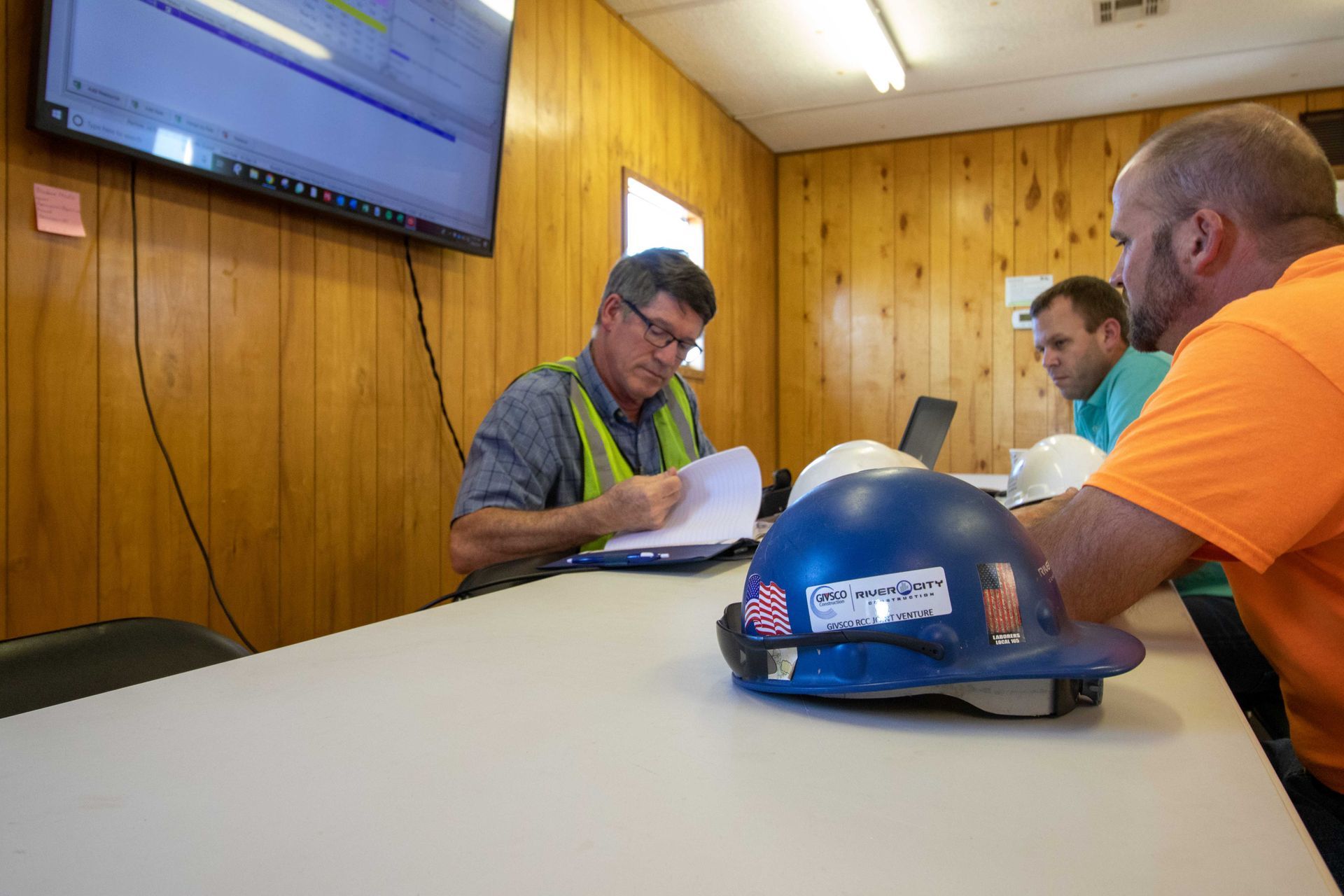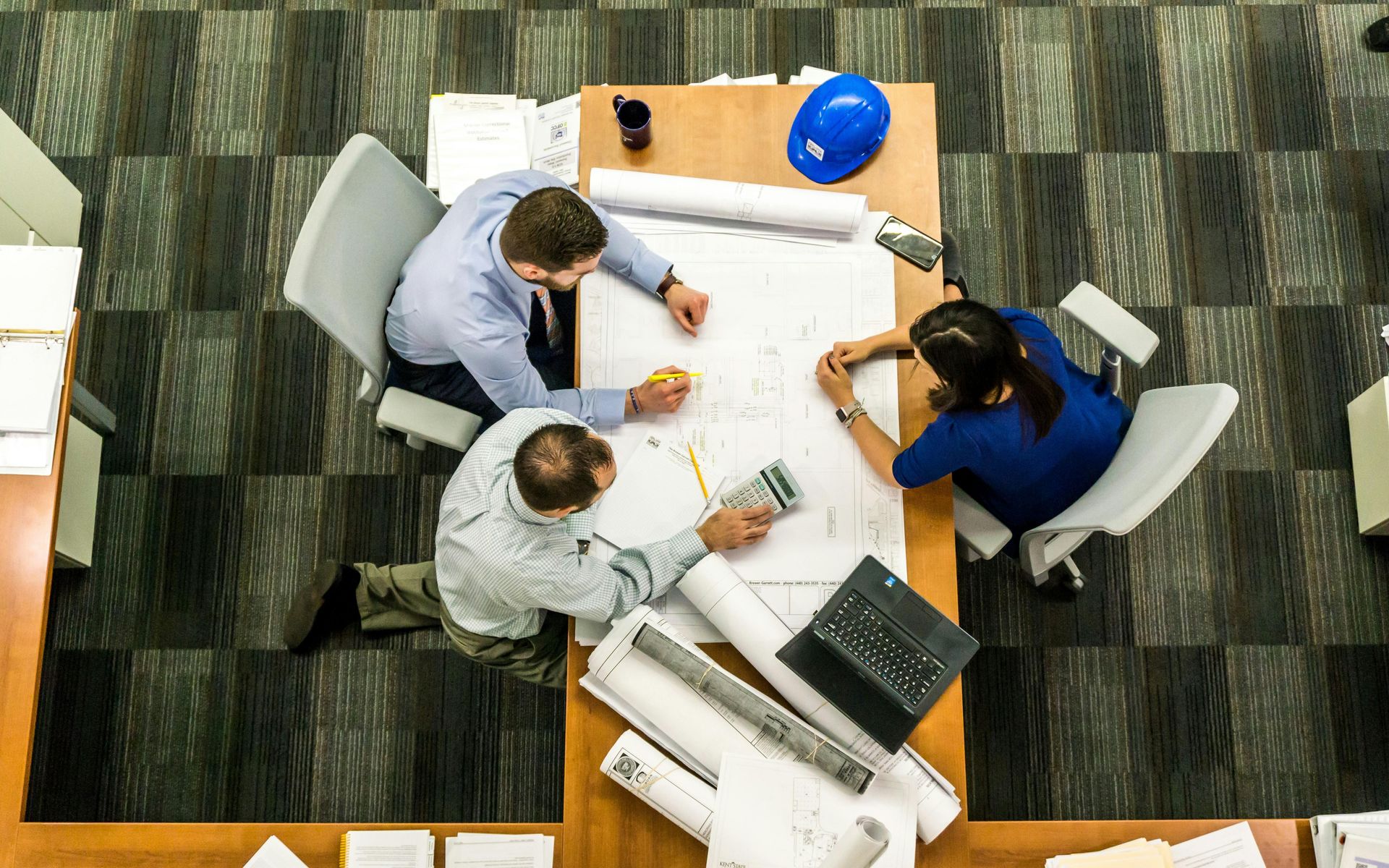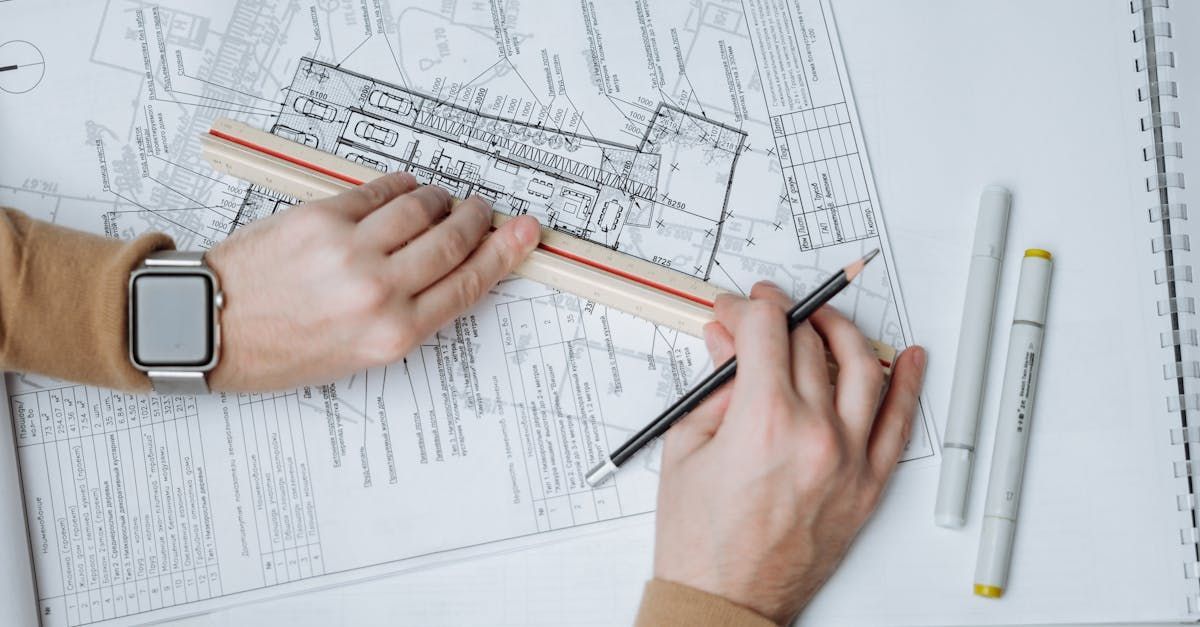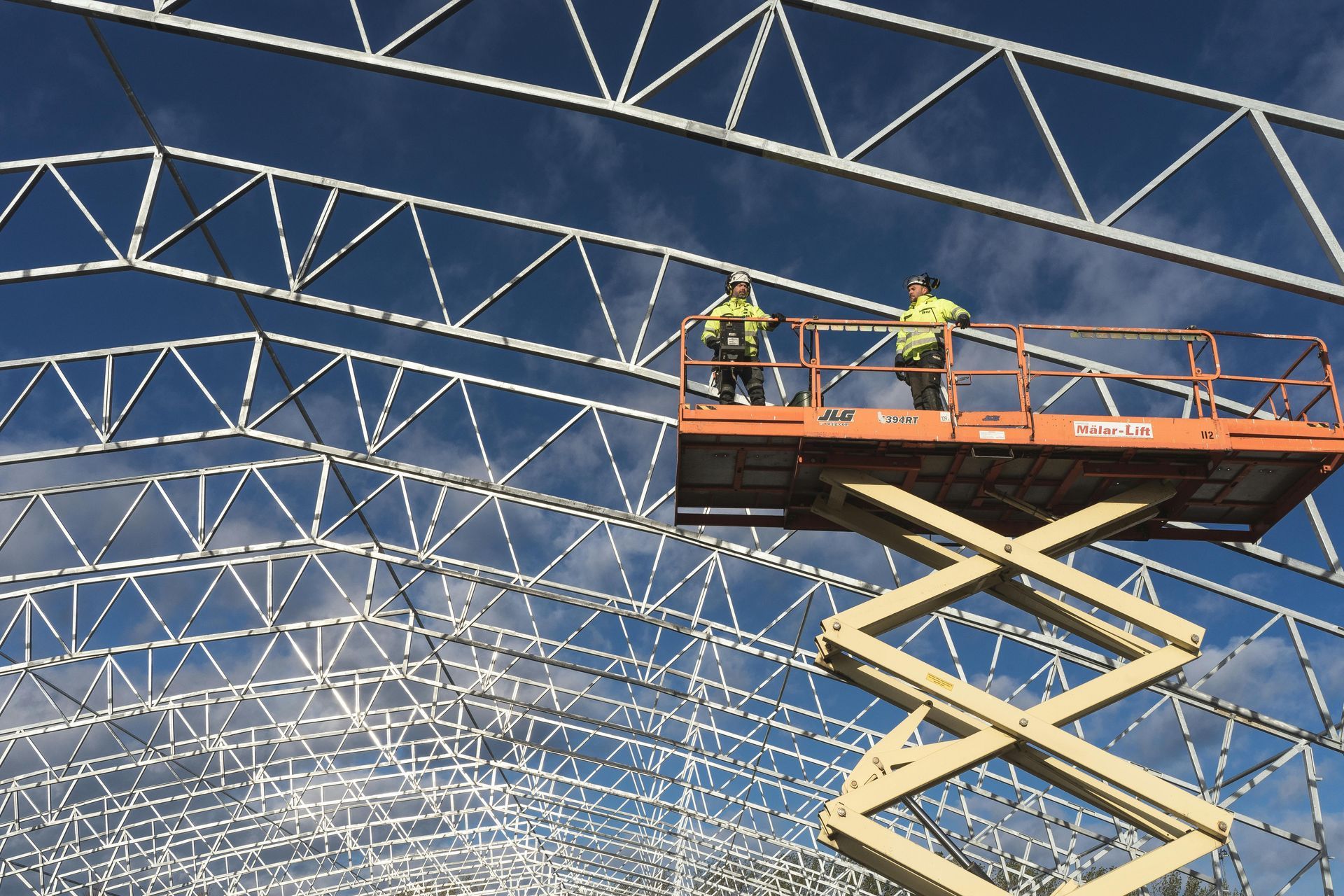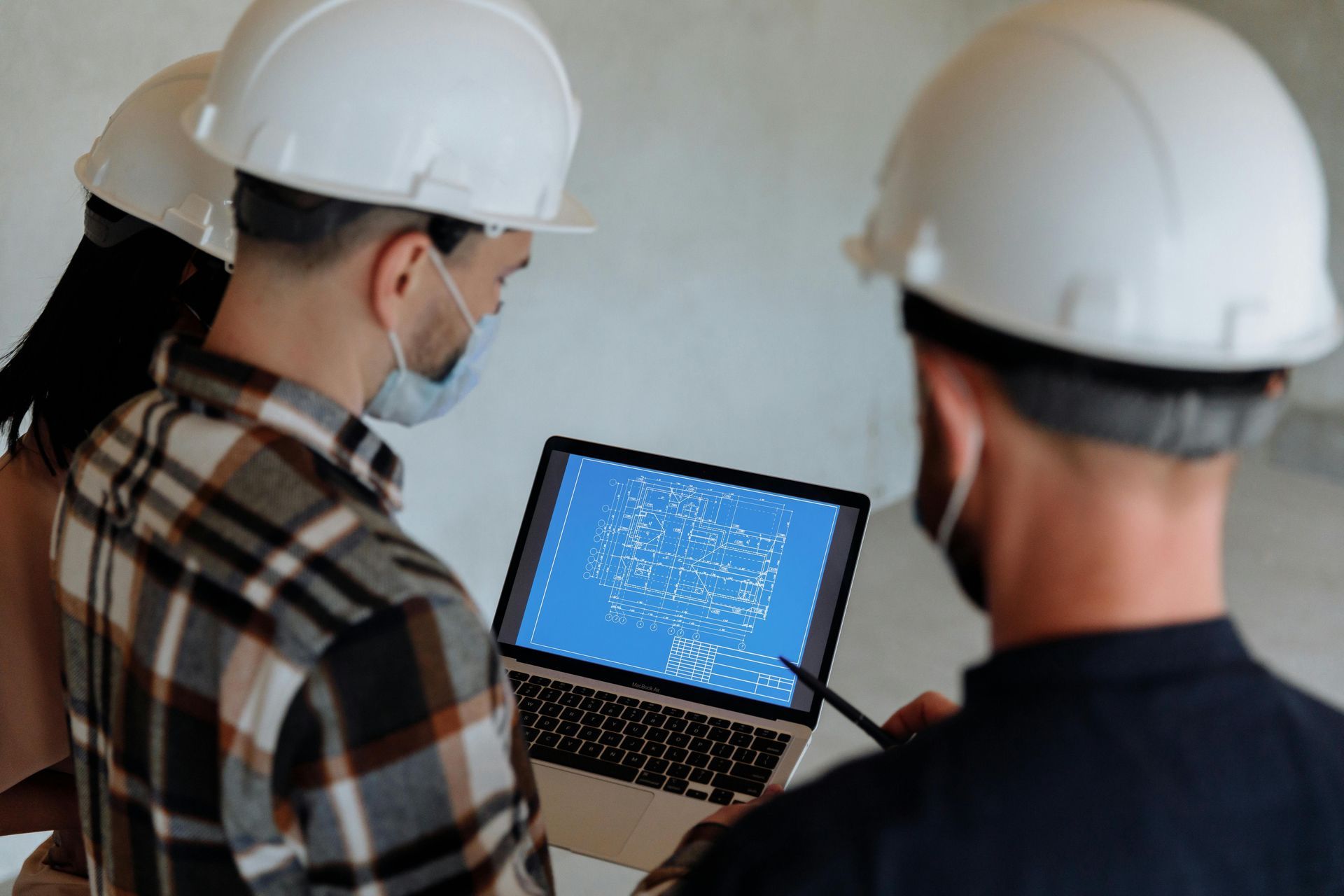Projections for 2021 Construction Trends
There’s been practically no corner of the construction industry that’s been untouched by the global COVID pandemic, and we’re seeing its impact as we look towards the coming months. Several construction trends are emerging due to sweeping changes that were implemented to keep team members and jobsites safe and healthy; below we outline a handful to keep on your radar.
Focus On Safety
Safety in the construction industry is a crucial necessity, but now that’s true more than ever. Protocols for cleanliness, health, and safety will be enhanced and spotlighted, and new and innovative ways will be implemented to separate workers. This means smaller crews and more efficient and staggered shifts for less crowding. There will be no sharing of tools or protective gear, along with the increased use of masks, hand sanitizer, and other protective gear.
The Rise of Bio-Materials
Biological building materials are becoming much more popular in the construction industry. These materials consist of bacteria and fungi, making them light, strong, and eco-friendly. Self-mending concrete is a great example of this; it’s concrete containing bacteria that help make it impermeable, even helping to fill and repair cracks. Mycelium composites, made of fungi, are commonly being used in components like insulation and flooring.

Remote Tech Tools
Workplaces across all industries — even in construction — are overwhelmingly adopting tech tools that help perform tasks remotely. Take drones; they’re a part of so many commercial construction projects. They make jobsites safer and easier to survey from a distance, allowing project managers access to areas of the site they wouldn’t normally be able to go. Cloud-based software is allowing for much more robust collaboration among team members based in any location.
3D Printing Equipment
While 3D printing is already being used on a small scale to perform tasks like creating building models or construction components, it’s being adapted to complete projects on much larger scales — like creating the actual building itself. The equipment and materials needed for 3D printing are becoming more sophisticated and cheaper to operate, helping increase ROI.
Fabulous Prefab
Manufactured and prefab construction has been growing in popularity for a while, but it’s going to have its moment in the spotlight now as crews look for ways to socially distance themselves on the job. The “pieces” are built in warehouses and then transported to the job site, and assembled without needing much manpower — keeping workers apart. They also have the advantage of being cost-effective.
Design Tech
Architects and builders have been utilizing design tech like BIM for virtual design and construction (VDC), but now this tech is being innovated at lightning speed. These tools help everyone on the team work out design issues early on before ground is broken, and from the safety of a socially distanced office. This mitigates delays and cost overruns that could derail projects.

Smart Gear
Just like wearables that track things like heart rate and blood pressure, there’s gear being used on jobsites that collects important data about the workers that are wearing them. The coming months will see a steep rise in the use of this gear to help manage risk and the potential for dangerous on-the-job accidents that cost construction companies big-time when it comes to workers comp.
Increased Hiring
Even though many experts predict that economic factors will lead to a slowdown in construction projects, research shows that firms will be looking to hire more workers. That said, the same firms report anticipating hiring difficulties due to a widening labor gap and a lack of capital that helps fund staffing. This could also be why automated tools, robotics, and even prefab construction are becoming more widely used.
There’s no denying that 2021 will bring about plenty of changes for the construction industry, and owners need to prepare for what may come. Make sure you have a partner on your side that can help with the learning curve that comes with adjusting to a new normal. When you work with our team, you’ll get peace of mind that you’re prepared for the rapidly changing construction trends.
When starting a project with TD Wilson, you have the benefit of not only our decades of experience but also our expertise with today’s top CPM software products. Our approach to developing a well-defined project schedule leaves nothing to chance.
Let’s have a conversation about what the future holds for your construction company.

